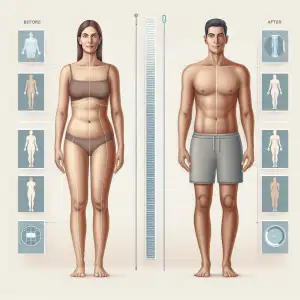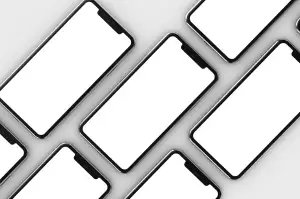Sculpt Strong Legs With This Leg Workout Routine
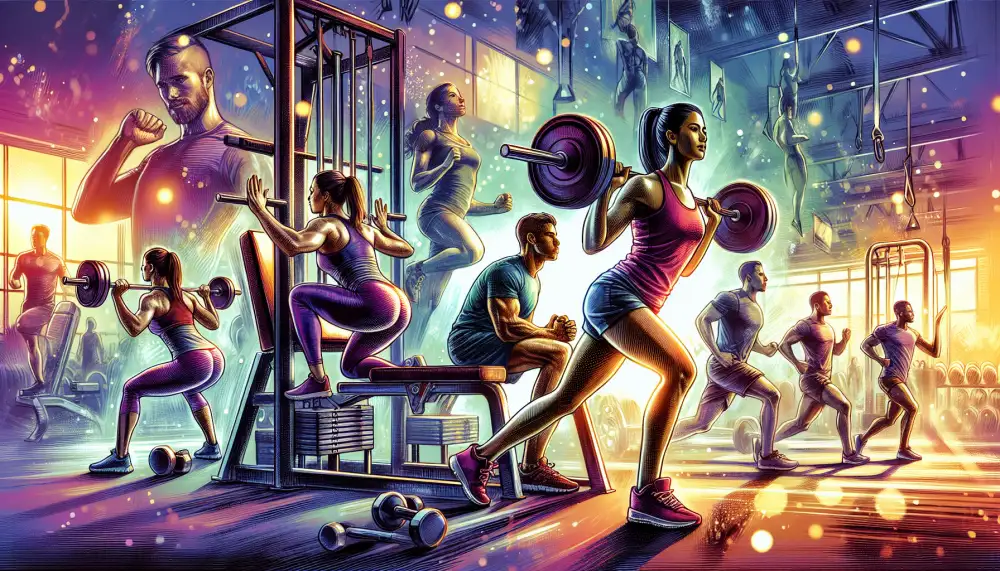
Warm-up
A proper warm-up is crucial before diving into a challenging leg workout routine, or as they say in Spanish, "rutina de pierna." It prepares your muscles for the intense work ahead, reducing the risk of injury and enhancing performance. Begin with 5-10 minutes of light cardio, such as jogging or jumping jacks, to increase your heart rate and blood flow. Follow this with dynamic stretches targeting your lower body. These stretches involve movement and help improve flexibility and range of motion. Some effective dynamic stretches for legs include leg swings, hip circles, and torso twists. Remember to perform each stretch slowly and controlled, avoiding any bouncing or jerky movements. Aim for 10-15 repetitions for each stretch, focusing on smooth and fluid motions. By incorporating a thorough warm-up into your rutina de pierna, you'll prime your muscles for optimal performance and minimize the risk of strains or tears during your workout.
| Feature | Beginner Routine | Intermediate Routine |
|---|---|---|
| Frequency (per week) | 2-3 | 3-4 |
| Exercises per session | 4-5 | 6-8 |
| Sets per exercise | 3 | 4-5 |
| Reps per set | 10-12 | 8-12 |
| Rest between sets (seconds) | 60-90 | 45-60 |
Squats
Squats are a staple in any good leg workout routine, and for good reason. This compound exercise works multiple muscle groups simultaneously, including your quads, glutes, and hamstrings. They are incredibly versatile, with variations to challenge any fitness level, from beginner to advanced.
For beginners, start with bodyweight squats to perfect your form. As you get stronger, you can add weight using dumbbells, barbells, or kettlebells. Make sure your feet are shoulder-width apart, toes slightly pointed out. Keep your back straight and core engaged throughout the entire movement. Lower yourself down as if sitting back into a chair, until your thighs are parallel to the ground. Push through your heels to return to the starting position.
Remember, proper form is crucial to avoid injury. If you're unsure about your form, don't hesitate to ask a certified personal trainer for guidance. Incorporating squats into your leg day will undoubtedly lead to stronger, more sculpted legs and a powerful lower body.
Lunges
Lunges are a staple in any good leg workout routine, and for good reason! This dynamic exercise targets multiple muscle groups simultaneously, making it a highly efficient and effective way to build lower body strength and power. When you perform a lunge, you're engaging your quads, hamstrings, glutes, and even your core for stability. This translates to improved muscle definition, increased calorie burn, and enhanced athletic performance in activities that require lower body strength and stability, like running, jumping, and climbing.
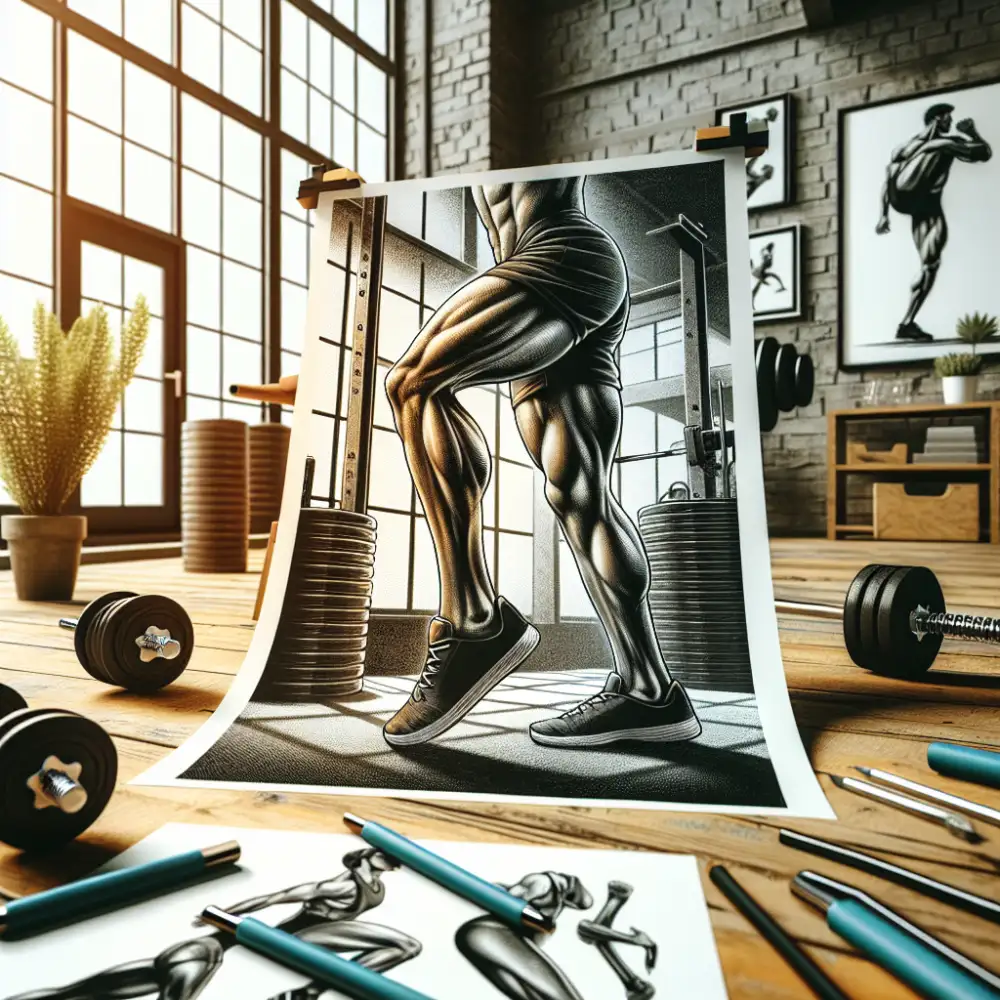
There are many variations of lunges, each offering a unique challenge to your muscles. The forward lunge is the most basic variation, but you can also try reverse lunges, side lunges, walking lunges, and even weighted lunges using dumbbells or barbells. Incorporating different lunge variations into your rutina de pierna will help prevent boredom and ensure that you're continually challenging your muscles in new ways.
Proper form is crucial when performing lunges to maximize results and prevent injury. Always start with your feet hip-width apart, core engaged, and back straight. Step forward with one leg, lowering your hips until both knees are bent at a 90-degree angle. Ensure your front knee stays aligned with your toes and doesn't extend past them. Push off your front foot to return to the starting position and repeat on the other side.
Leg press
The leg press is a staple in many leg workout routines, or "rutina de pierna" as it's known in Spanish. It's a fantastic exercise for building lower body strength and muscle mass. Unlike squats, which are a free weight exercise, the leg press is machine-based. This provides back support and allows you to focus solely on your leg muscles.
The leg press primarily targets your quads, the muscles at the front of your thighs. However, it also engages your hamstrings (back of your thighs), glutes (buttocks), and calves. This makes it a highly effective compound exercise, meaning it works multiple muscle groups simultaneously.
There are different foot placement variations on the leg press that can slightly alter muscle activation. Placing your feet higher on the platform emphasizes your glutes and hamstrings, while a lower foot placement puts more emphasis on your quads. Experiment with different foot positions to find what works best for you and your fitness goals.
As with any exercise, proper form is crucial on the leg press to maximize results and prevent injury. Always use a weight that challenges you but allows you to maintain good form throughout the entire range of motion. Remember to control the weight on both the eccentric (lowering) and concentric (pushing) phases of the exercise.
Hamstring curls
Hamstring curls are a staple in any solid leg workout routine, or "rutina de pierna" as they say in Spanish. This exercise specifically targets your hamstrings, the muscles on the back of your thighs, responsible for bending your knees and extending your hips. Strong hamstrings are crucial not only for athletic performance, like running and jumping, but also for everyday activities like walking and climbing stairs.
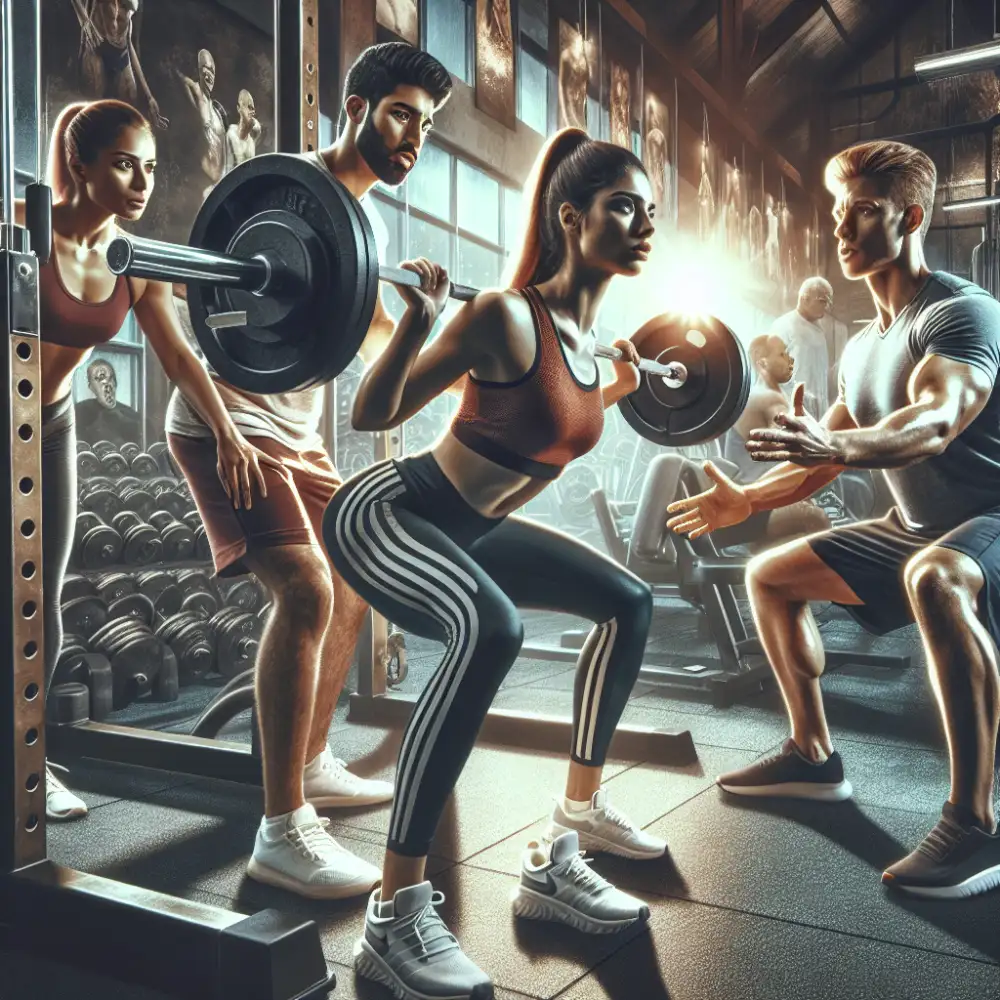
There are various ways to incorporate hamstring curls into your routine. You can use machines at the gym, like the lying, seated, or standing hamstring curl machines. Alternatively, you can opt for bodyweight exercises like glute bridges with hamstring curls or stability ball curls.
No matter your fitness level, there's a hamstring curl variation for you. Beginners can start with bodyweight exercises or lighter weights on the machines, gradually increasing the resistance as they get stronger. More experienced lifters can challenge themselves with heavier weights, single-leg variations, or by incorporating advanced techniques like drop sets or rest-pause training.
Remember, proper form is key to maximizing results and preventing injuries. Focus on controlled movements, squeezing your hamstrings at the top of the curl, and avoiding any swinging or jerking motions. As with any exercise, listen to your body, start slowly, and gradually increase the intensity over time.
Calf raises
Calf raises are a simple but effective exercise for targeting your calf muscles, specifically the gastrocnemius and soleus. They're a staple in any good leg workout routine (or "rutina de pierna" if you prefer the Spanish term).
You can do calf raises anywhere you can find a slightly elevated platform. Think stairs, a curb, or even a thick book. Stand with the balls of your feet on the edge of the platform, heels hanging off. Keeping your legs straight, raise up onto your toes as high as you can, squeezing your calves at the top. Slowly lower back down until you feel a stretch in your calves.
To make it more challenging, you can hold dumbbells or a barbell for added resistance. You can also try variations like seated calf raises to emphasize the soleus muscle, or donkey calf raises for an intense burn.
Remember to maintain good form throughout the exercise. Keep your core engaged and avoid bouncing at the bottom of the movement. Aim for a controlled and smooth motion. As with any exercise, consistency is key. Incorporate calf raises into your leg workout routine 2-3 times a week for stronger, more defined calves.
``` ```htmlCalf raises are a simple but effective exercise for targeting your calf muscles, specifically the gastrocnemius and soleus. They're a staple in any good leg workout routine (or "rutina de pierna" if you prefer the Spanish term).
You can do calf raises anywhere you can find a slightly elevated platform. Think stairs, a curb, or even a thick book. Stand with the balls of your feet on the edge of the platform, heels hanging off. Keeping your legs straight, raise up onto your toes as high as you can, squeezing your calves at the top. Slowly lower back down until you feel a stretch in your calves.
To make it more challenging, you can hold dumbbells or a barbell for added resistance. You can also try variations like seated calf raises to emphasize the soleus muscle, or donkey calf raises for an intense burn.
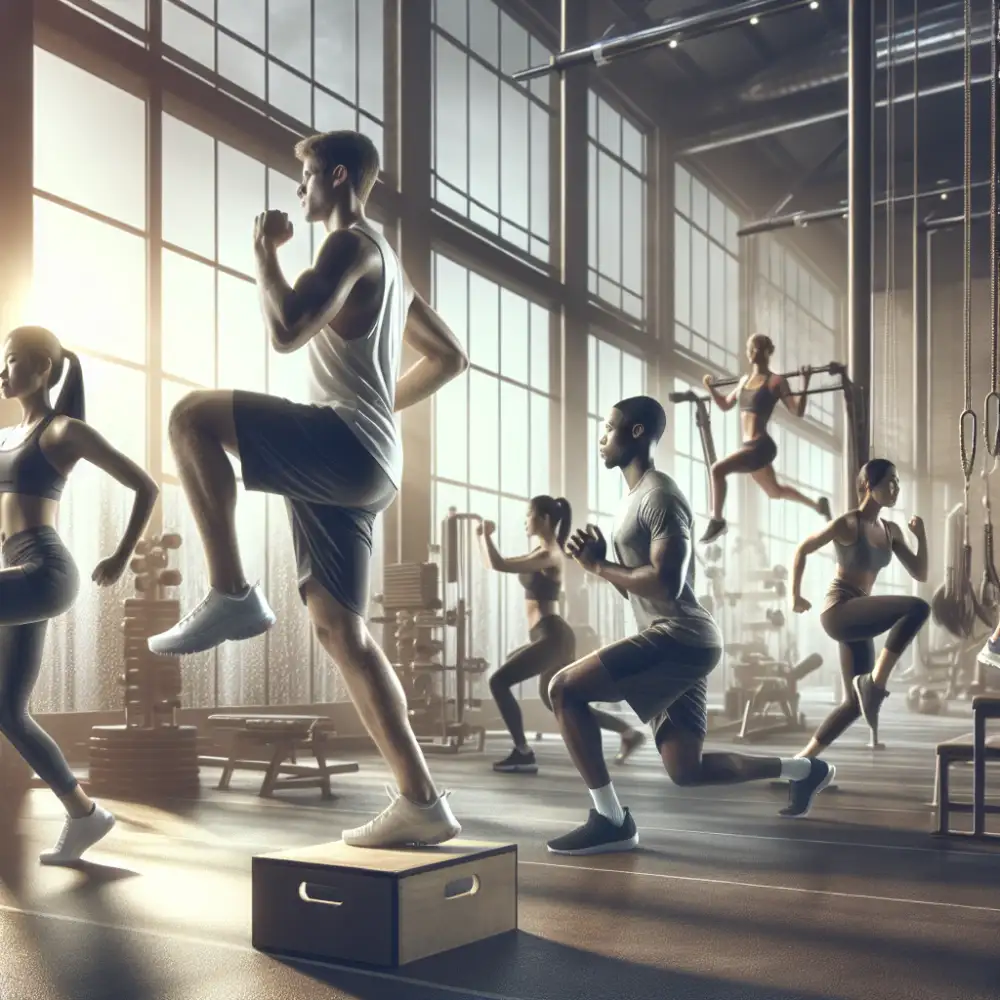

Remember to maintain good form throughout the exercise. Keep your core engaged and avoid bouncing at the bottom of the movement. Aim for a controlled and smooth motion. As with any exercise, consistency is key. Incorporate calf raises into your leg workout routine 2-3 times a week for stronger, more defined calves.
Cool-down
After pushing your legs to the max with squats, lunges, and deadlifts, it’s time to show them some love. A proper cool-down is essential after any workout, especially a leg routine. This helps reduce muscle soreness, improve flexibility, and promote recovery. Spend 5-10 minutes gently stretching your leg muscles. Focus on holding each stretch for 20-30 seconds, breathing deeply and avoiding any bouncing. Some effective cool-down stretches for legs include:
Hamstring stretch
Quadriceps stretch
Calf stretch
Groin stretch
Hip flexor stretch
Remember, consistency is key when it comes to seeing results from your leg workouts. By incorporating a proper cool-down routine, you can help your muscles recover and prepare for your next workout.
By incorporating a proper cool-down routine, you can help your muscles recover and prepare for your next workout.
Importance of proper form
Maintaining proper form during your leg workout, or "rutina de pierna" as it's known in Spanish, is non-negotiable for both safety and effectiveness. Think of it like this: you wouldn't build a house on a shaky foundation, right? Your body is the same. Proper form ensures you're targeting the correct muscle groups and maximizing your workout. It also drastically reduces the risk of injuries.
Imagine doing squats with a rounded back – you're practically begging for a back injury. But, if you focus on keeping your core engaged and your back straight, you protect your spine and engage the right muscles. This principle applies to every exercise in your leg routine. Whether you're lunging, deadlifting, or using the leg press machine, maintaining the correct posture and movement patterns is crucial.
Remember, it's always better to use lighter weights with perfect form than to go heavy and risk hurting yourself. Don't be afraid to ask a trainer for guidance if you're unsure about your form. They can provide valuable feedback and help you get the most out of your workout safely and effectively.
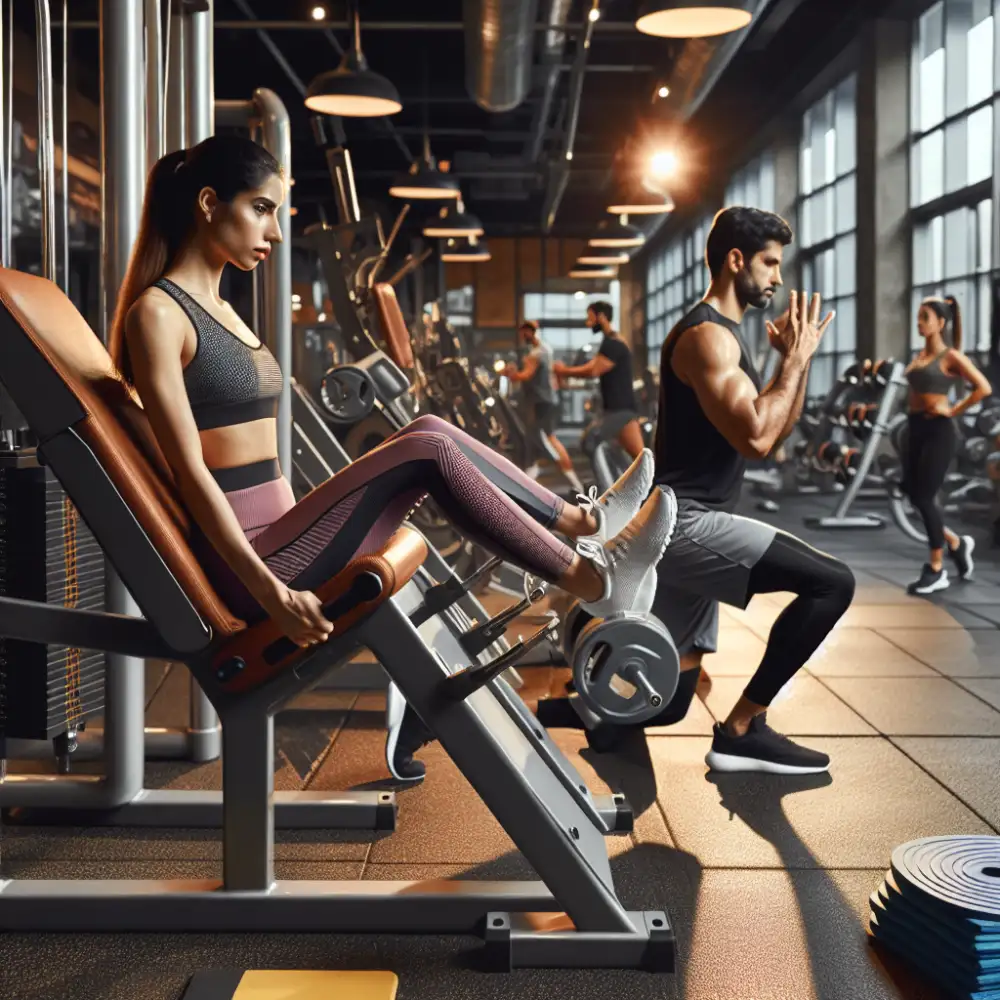
Listen to your body
A successful leg workout routine, or "rutina de pierna" as some call it, hinges on more than just sets and reps. It demands listening to your body's cues. Your body is smart. It sends signals when something's off. Muscle soreness after a tough workout is normal. Sharp, shooting pain? That's your body waving a red flag. Ignoring these signs sets you up for injury. Pay attention to how your muscles feel during exercises. A slight burn means you're challenging yourself. A searing, unbearable sensation? Time to ease up. Don't be afraid to adjust your workout on the fly. Swap out exercises, reduce weight, or take an extra rest day if needed. Remember, consistency and safety are key to long-term progress. Pushing through pain only leads to setbacks. Listen to your body, and it will reward you with the results you're after.
Gradual progression
Gradual progression is key in any workout routine, and your leg day is no exception. Don't go from zero to hero overnight. Start slow and gradually increase the weight, reps, or workout intensity over time. This approach helps prevent injury and ensures your muscles have time to adapt and grow stronger. Listen to your body. If you're new to leg workouts, begin with lighter weights and fewer reps. As you get stronger, you can increase the challenge. Remember, consistency is key. It's better to have consistent, manageable workouts than to go all out and risk injury or burnout.
Rest and recovery
Your leg workout routine, or "rutina de pierna" as it's called in Spanish, is more than just squats and lunges. It's a powerful catalyst for muscle growth and strength development. But here's the catch: without proper rest and recovery, you're shortchanging your progress. Think of it like this: your workout is the stimulus, but it's during rest that your muscles actually rebuild and grow stronger.
Give your legs at least 48 hours of rest between intense leg sessions. This doesn't mean you have to be glued to the couch. Active recovery, like light cardio or gentle stretching, can actually aid in recovery by improving blood flow and reducing muscle soreness. Listen to your body. If you're feeling unusually sore or fatigued, don't hesitate to take an extra rest day. Pushing through pain can lead to injury and setbacks.
Remember, consistency is key in fitness. Prioritizing rest and recovery is just as important as the workout itself. It allows your muscles to repair, rebuild, and come back stronger, leading to long-term progress and success in your fitness journey.
Nutrition for muscle growth
A solid leg workout routine, or "rutina de pierna" as they say in Spanish, demands proper nutrition to fuel muscle growth. It's not just about hitting the gym hard; what you put into your body post-workout is crucial. After an intense leg day, your muscles are screaming for nutrients to repair, rebuild, and grow stronger.
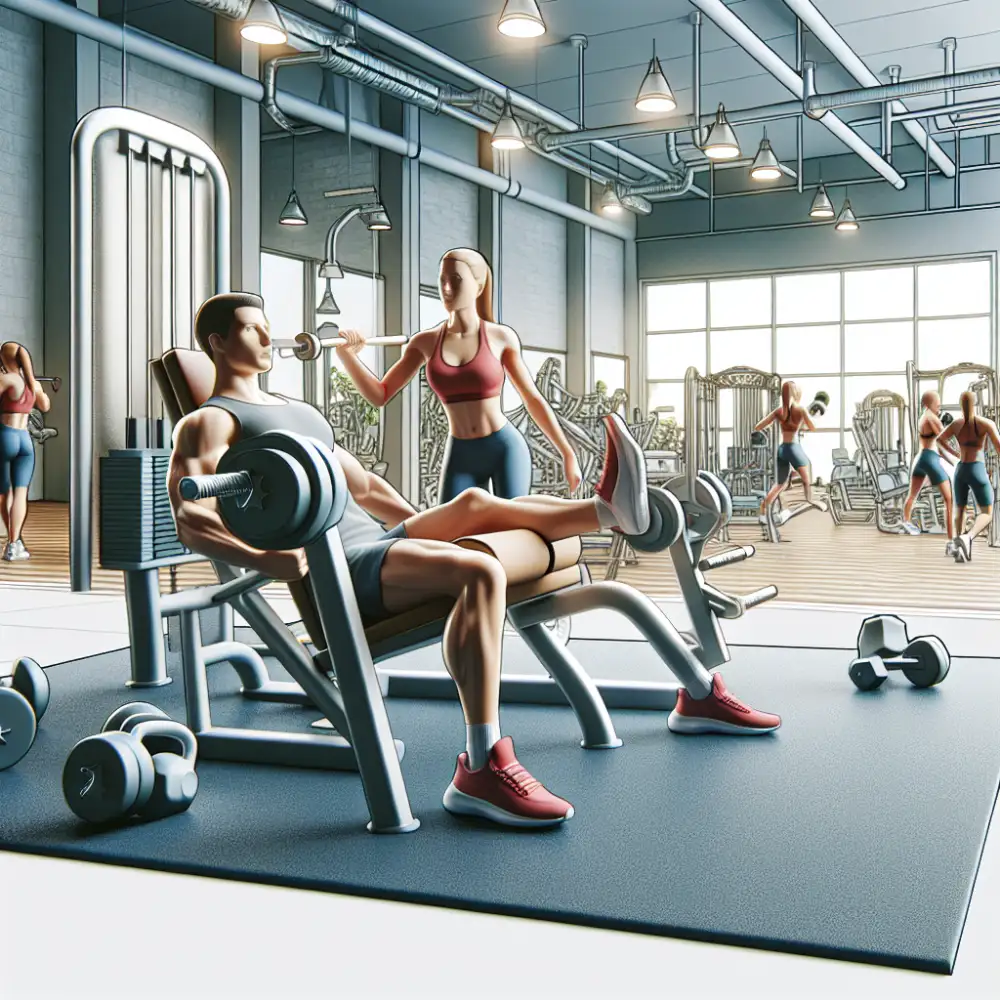
Protein is your best friend here. Aim for a protein source within 30-60 minutes after your workout. Think lean meats, fish, eggs, or plant-based options like tofu or lentils. But don't forget about carbohydrates! They replenish your energy stores depleted during your workout. Choose complex carbs like brown rice, quinoa, or sweet potatoes.
Healthy fats are also essential for hormone production and overall recovery. Avocado, nuts, and olive oil are excellent choices. Don't underestimate the power of hydration. Water is crucial for muscle function and nutrient transport.
Remember, consistency is key. Fueling your body with the right nutrients consistently after each "rutina de pierna" will help you maximize muscle growth and achieve your fitness goals.
Benefits of strong legs
Strong legs are the foundation of a powerful physique and overall fitness. A well-structured rutina de pierna, or leg workout routine, offers numerous benefits that extend far beyond aesthetics.
Strong legs enhance athletic performance in virtually every sport and activity. Whether you're sprinting, jumping, or simply walking, your legs provide the power and stability you need to excel. A solid lower body foundation improves balance and coordination. Strong leg muscles, including your quads, hamstrings, and glutes, work together to keep you steady on your feet and prevent falls. Regular leg workouts are crucial for maintaining mobility and independence as you age.
Strong legs support the spine and reduce the risk of lower back pain. They also help prevent injuries by providing stability and absorbing impact during physical activities. Leg exercises engage some of the largest muscle groups in the body, leading to increased muscle mass and a higher metabolic rate. This means you'll burn more calories even at rest. Building strong legs can boost your confidence and self-esteem. Feeling strong and capable in your body can positively impact your overall well-being.
Published: 25. 06. 2024
Category: Health

